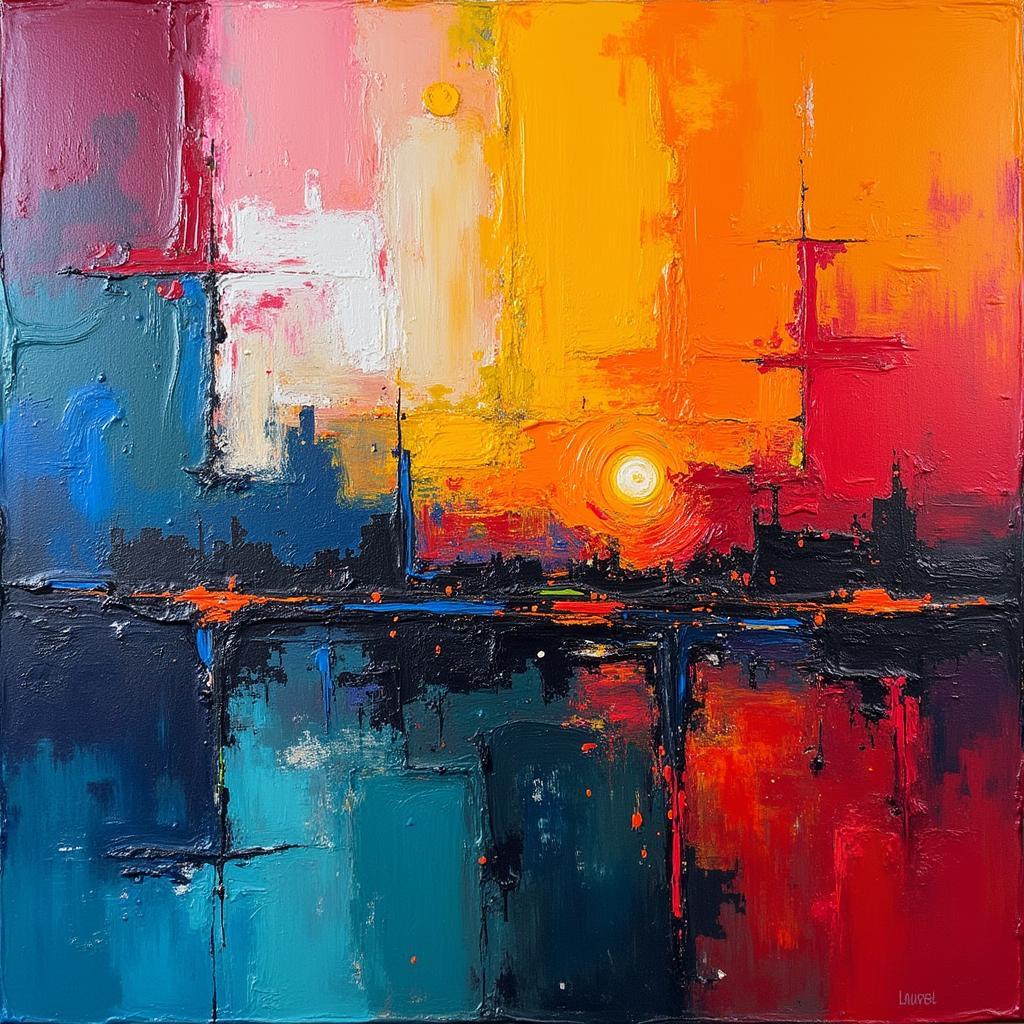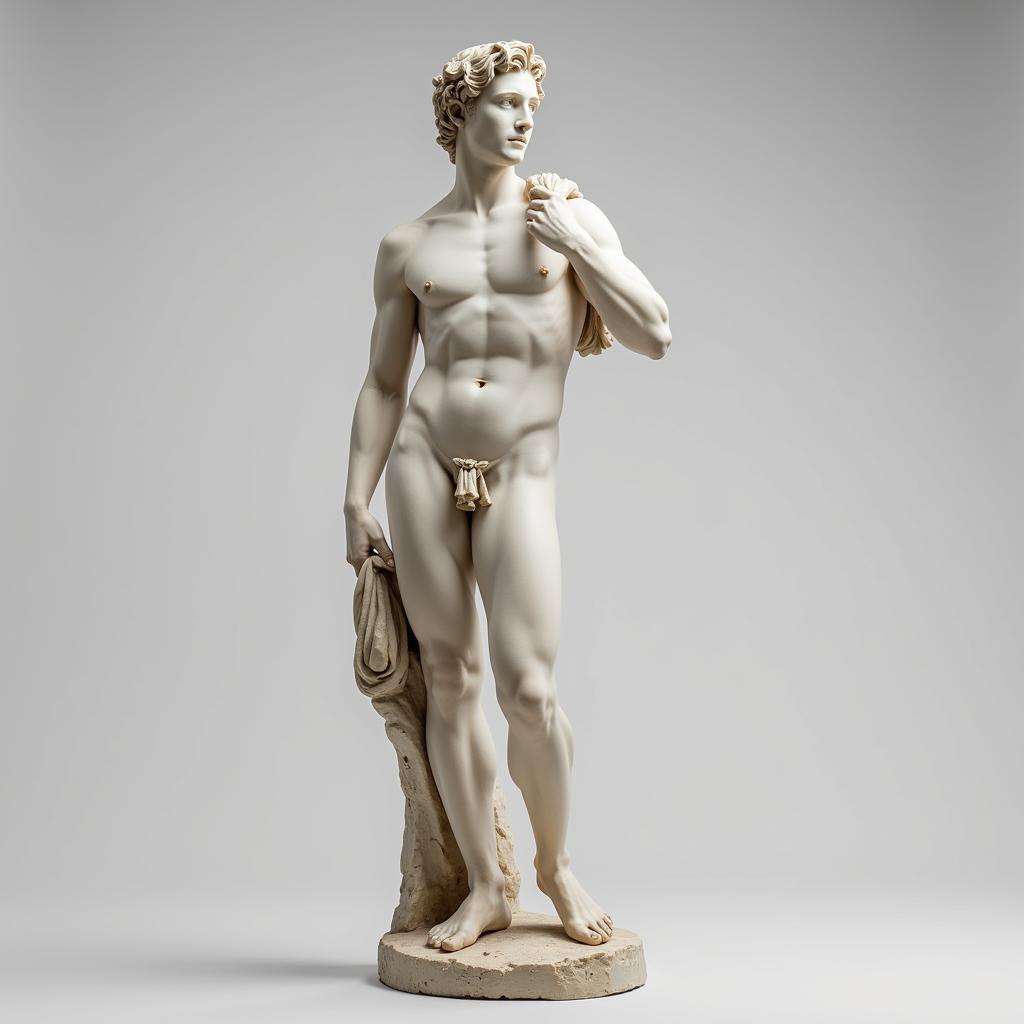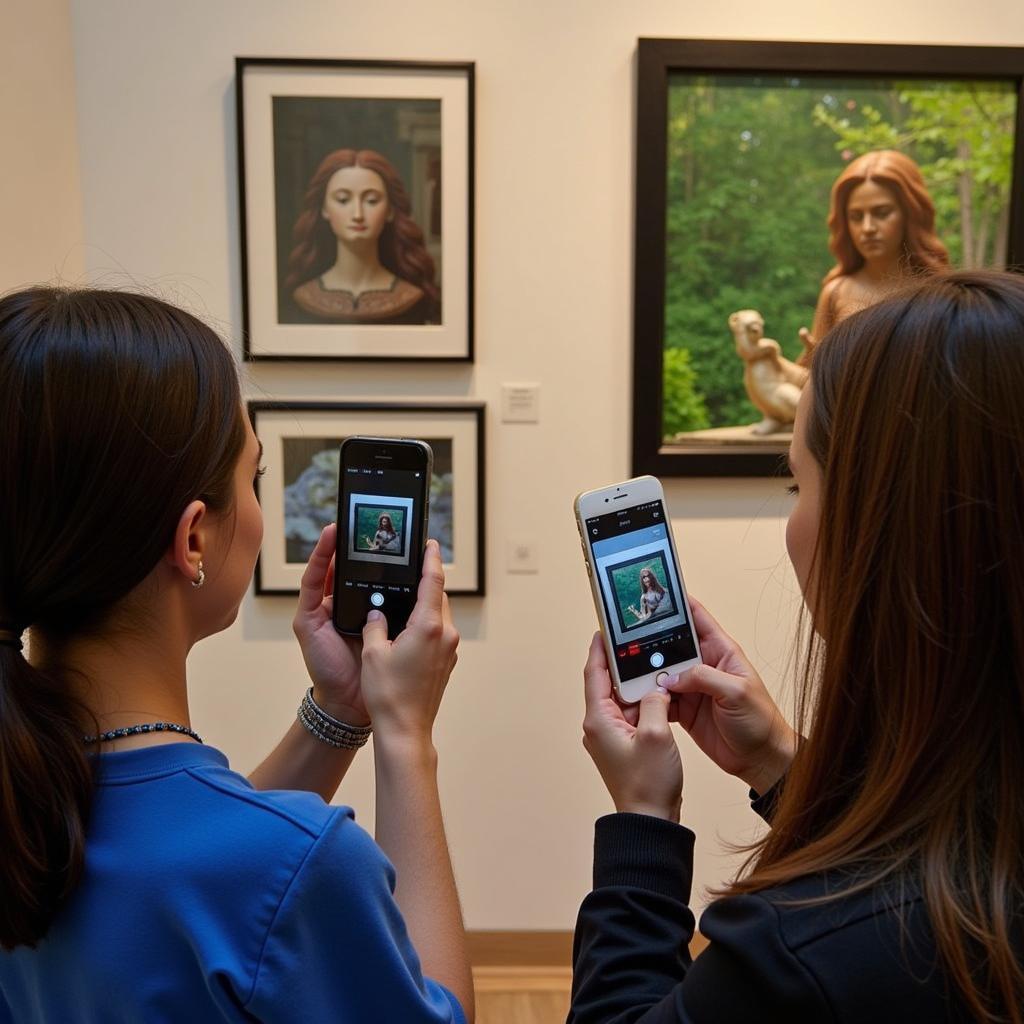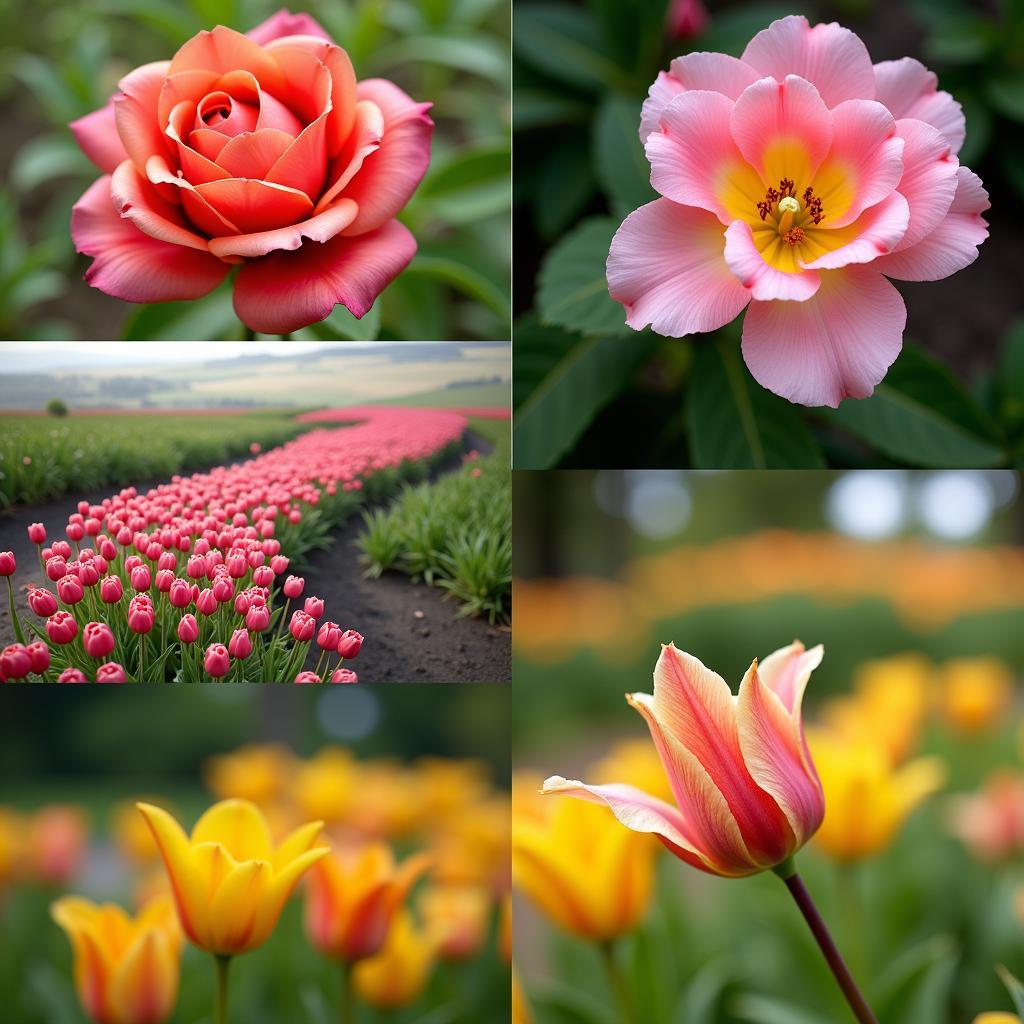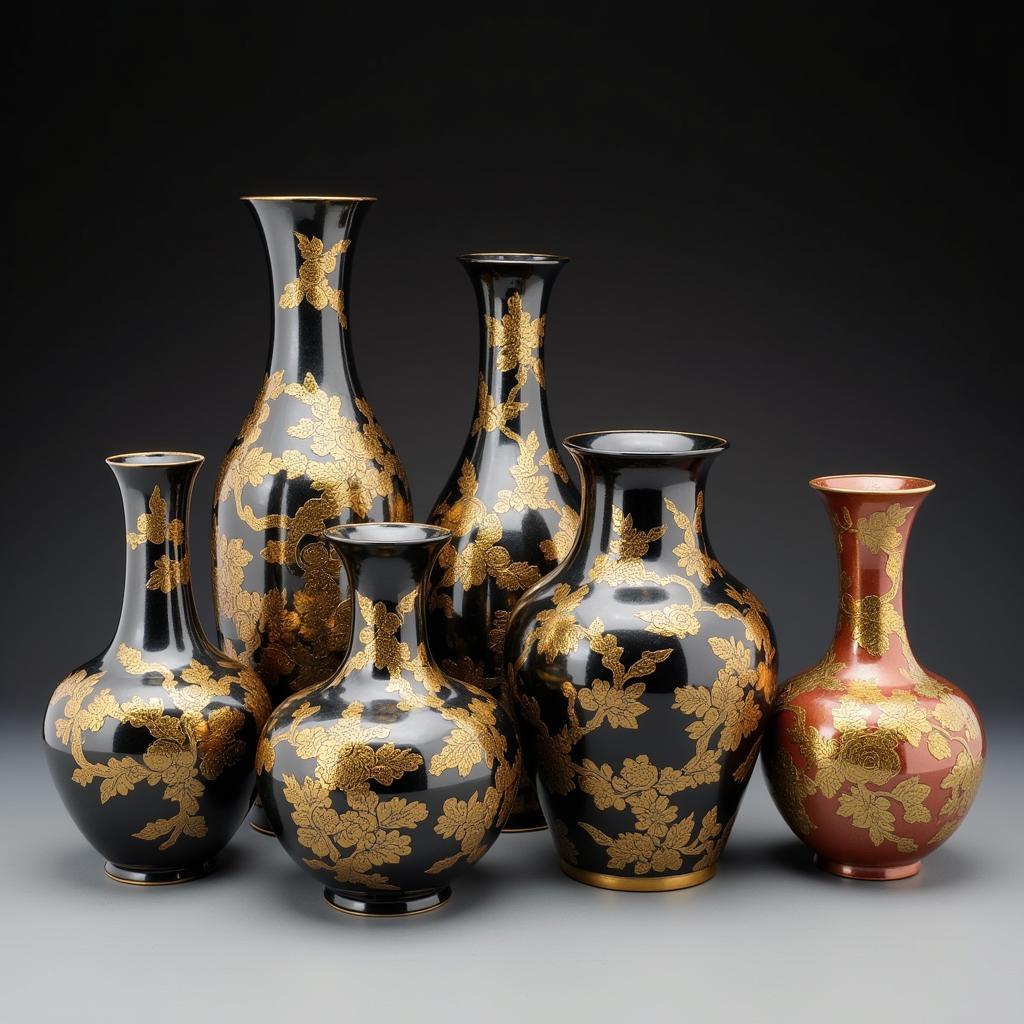Exploring the Rich Heritage of Metal Art in India
Metal Art In India boasts a rich history, intertwining ancient techniques with contemporary expressions. From intricate temple carvings to modern sculptures, this art form captures the country’s diverse cultural landscape. This article delves into the fascinating world of Indian metal art, exploring its evolution, regional variations, and the enduring legacy of skilled artisans. After the introduction, you might be interested in exploring metal wall art india.
A Journey Through Time: The Evolution of Metal Art in India
For centuries, metalworking has been integral to Indian culture, with evidence dating back to the Indus Valley Civilization. Initially, copper and bronze were the primary metals used, crafting tools, weapons, and religious artifacts. Over time, the craft evolved, incorporating other metals like gold, silver, and iron. The introduction of new techniques and influences from various cultures further enriched the artistic landscape. This historical context helps us appreciate the depth and complexity of metal art in India today.
Regional Variations: A Tapestry of Styles
India’s vast geographical expanse has nurtured diverse regional styles in metal art. Each region has developed its unique aesthetic, influenced by local traditions, available resources, and cultural narratives. From the ornate Bidriware of Karnataka, known for its silver inlay work, to the intricate Dhokra castings of Chhattisgarh, each style reflects a distinct artistic identity. This diversity adds to the richness and allure of Indian metal art.
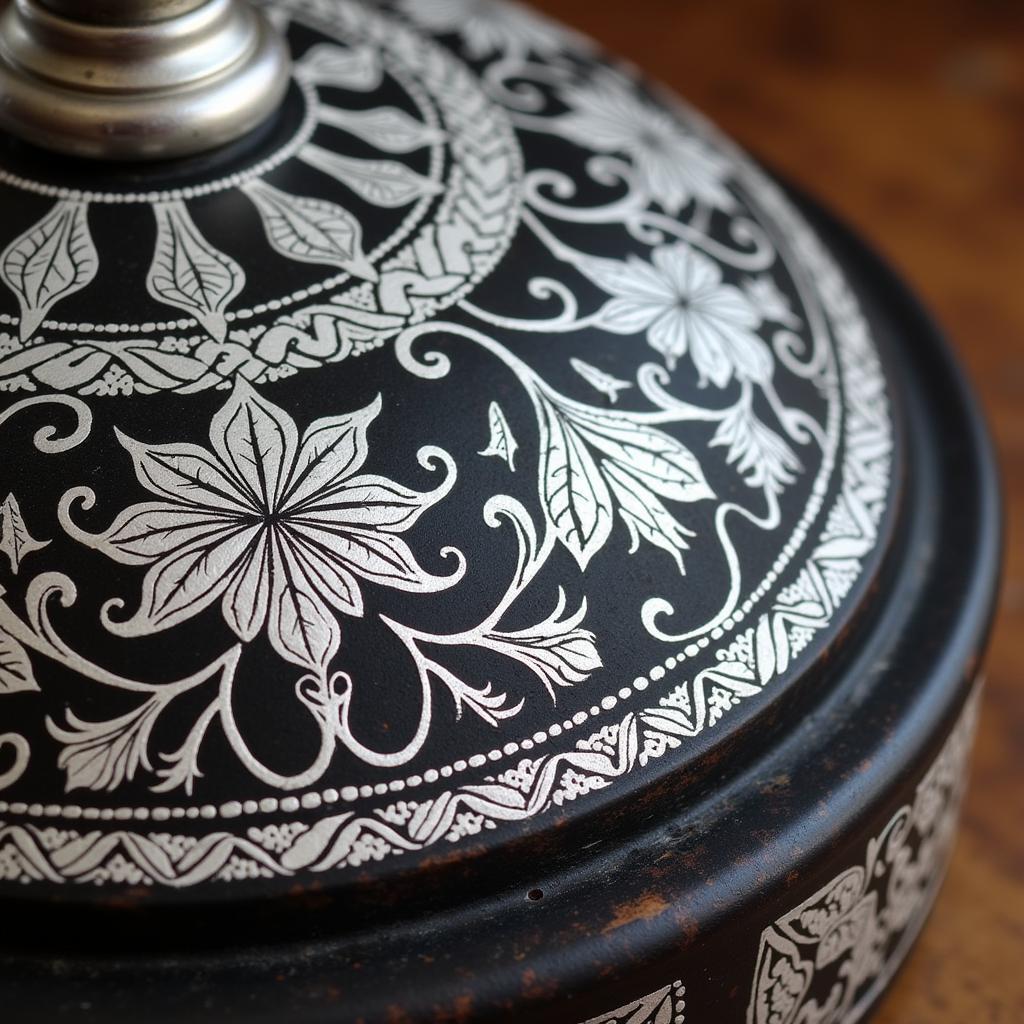 Intricate Bidriware Silver Inlay Work from Karnataka, India
Intricate Bidriware Silver Inlay Work from Karnataka, India
What are the most common metals used in Indian metal art?
Traditionally, copper, bronze, brass, silver, and gold are the most common metals used in Indian metal art. Iron also plays a significant role, particularly in architectural elements and utilitarian objects. The choice of metal often depends on the intended purpose and artistic style.
Where can I find authentic Indian metal art?
Authentic Indian metal art can be found in various places, from local artisan workshops and craft fairs to specialized art galleries and online platforms. Visiting specific regions known for particular styles, like Moradabad for brassware or Odisha for silver filigree, offers a more immersive experience. Check out resources like american indian metal wall art for specific styles.
The Enduring Legacy of Skilled Artisans
The skills and knowledge of metal art are often passed down through generations within families of artisans. These skilled craftspeople dedicate their lives to preserving traditional techniques while also embracing innovation. Their unwavering dedication ensures the continuation of this rich artistic heritage.
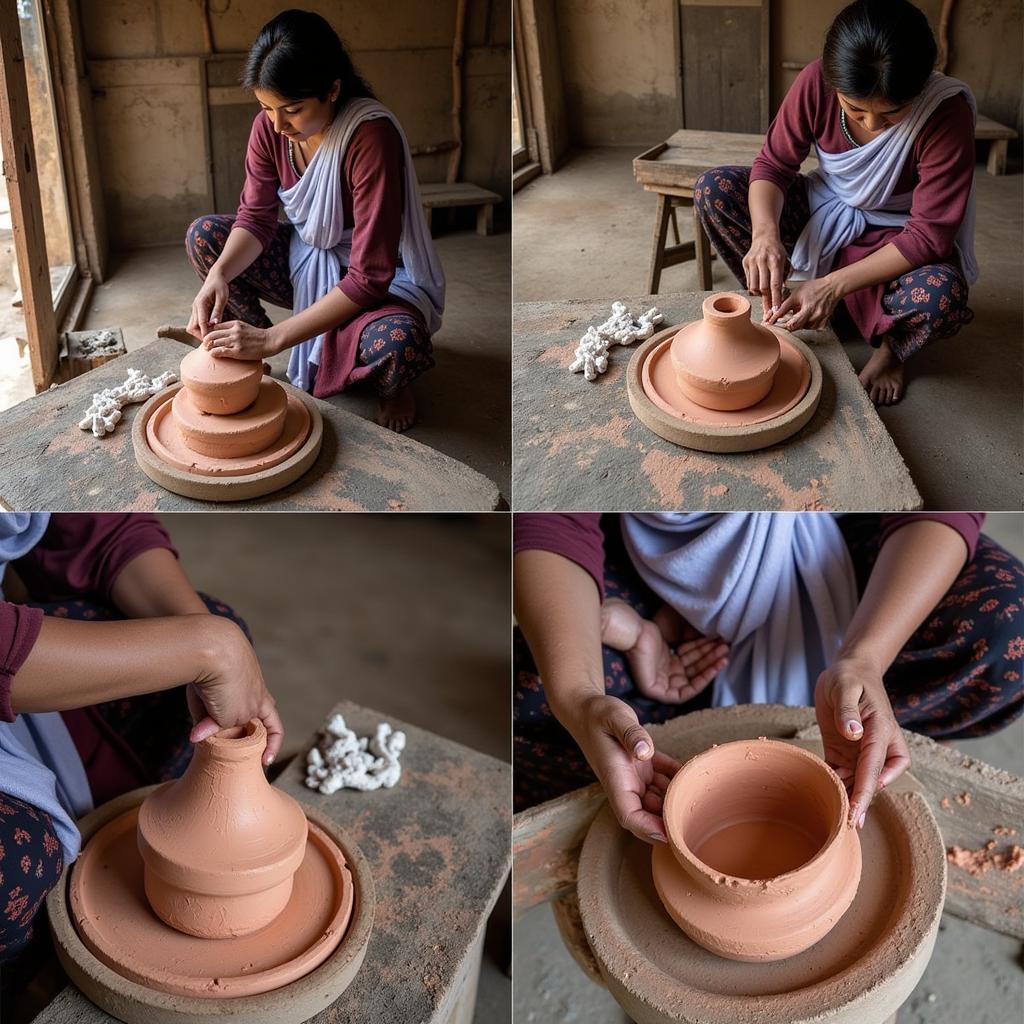 Dhokra Tribal Metal Casting Technique from Chhattisgarh, India
Dhokra Tribal Metal Casting Technique from Chhattisgarh, India
Metal Art in the Modern Age: Embracing Innovation
While deeply rooted in tradition, Indian metal art is not static. Contemporary artists are experimenting with new materials, techniques, and forms, pushing the boundaries of this ancient craft. This fusion of tradition and innovation creates exciting new possibilities, ensuring that Indian metal art remains relevant and vibrant in the modern era. For those looking for a modern take, explore options like paisley wall art.
How is metal art used in Indian architecture?
Metal art has always played a significant role in Indian architecture, particularly in temples, palaces, and mosques. Intricate metalwork adorns doors, windows, pillars, and ceilings, adding to the grandeur and beauty of these structures. The use of metal in architecture demonstrates both its artistic and functional value. You could even incorporate these elements in personalized gifts like custom lyric art.
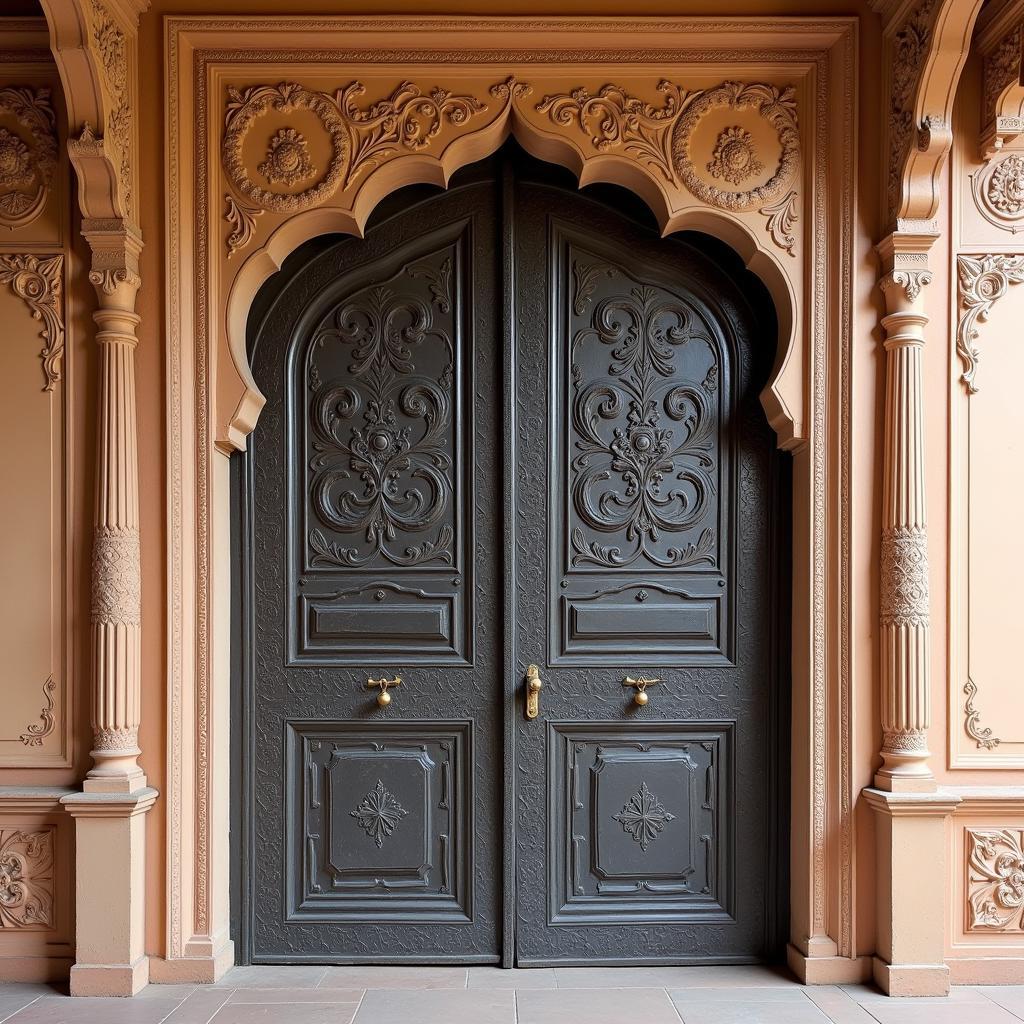 Ornate Metal Door in an Indian Palace
Ornate Metal Door in an Indian Palace
Preserving a Rich Heritage: The Future of Metal Art in India
As India continues to evolve, it is crucial to preserve and promote its rich artistic heritage. Supporting local artisans, encouraging education and training, and creating awareness about the value of handcrafted metal art are essential steps in ensuring its continued flourishing.
In conclusion, metal art in India is a testament to the country’s rich cultural legacy. From ancient traditions to modern interpretations, this art form continues to captivate and inspire. By appreciating the skill, dedication, and artistry behind each piece, we can help ensure the enduring legacy of metal art in India. Exploring calligraphy with tools like an art dip pen offers another avenue for artistic expression.
FAQ
- What is Bidriware?
- What is Dhokra art?
- What are some popular metal art forms in India?
- Where can I buy authentic Indian metal art?
- How can I learn more about Indian metal art techniques?
- What is the significance of metal art in Indian culture?
- How is metal art used in contemporary Indian design?
For any assistance, please contact us at Phone Number: 02462573573, Email: danteum@gmail.com Or visit us at Savico Megamall, 7-9 Đ. Nguyễn Văn Linh, Gia Thụy, Long Biên, Hà Nội 10000, Việt Nam. We have a 24/7 customer service team.
